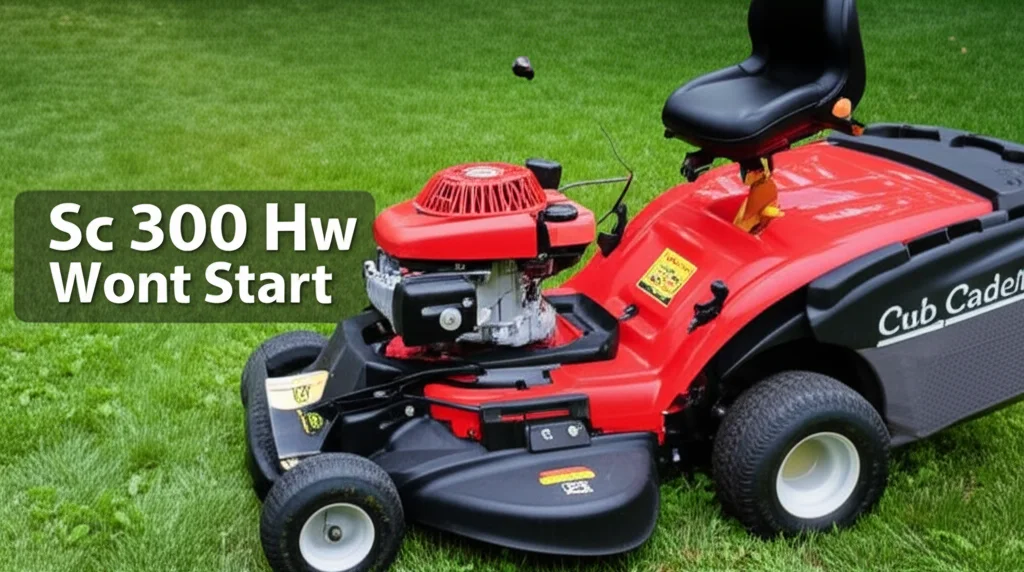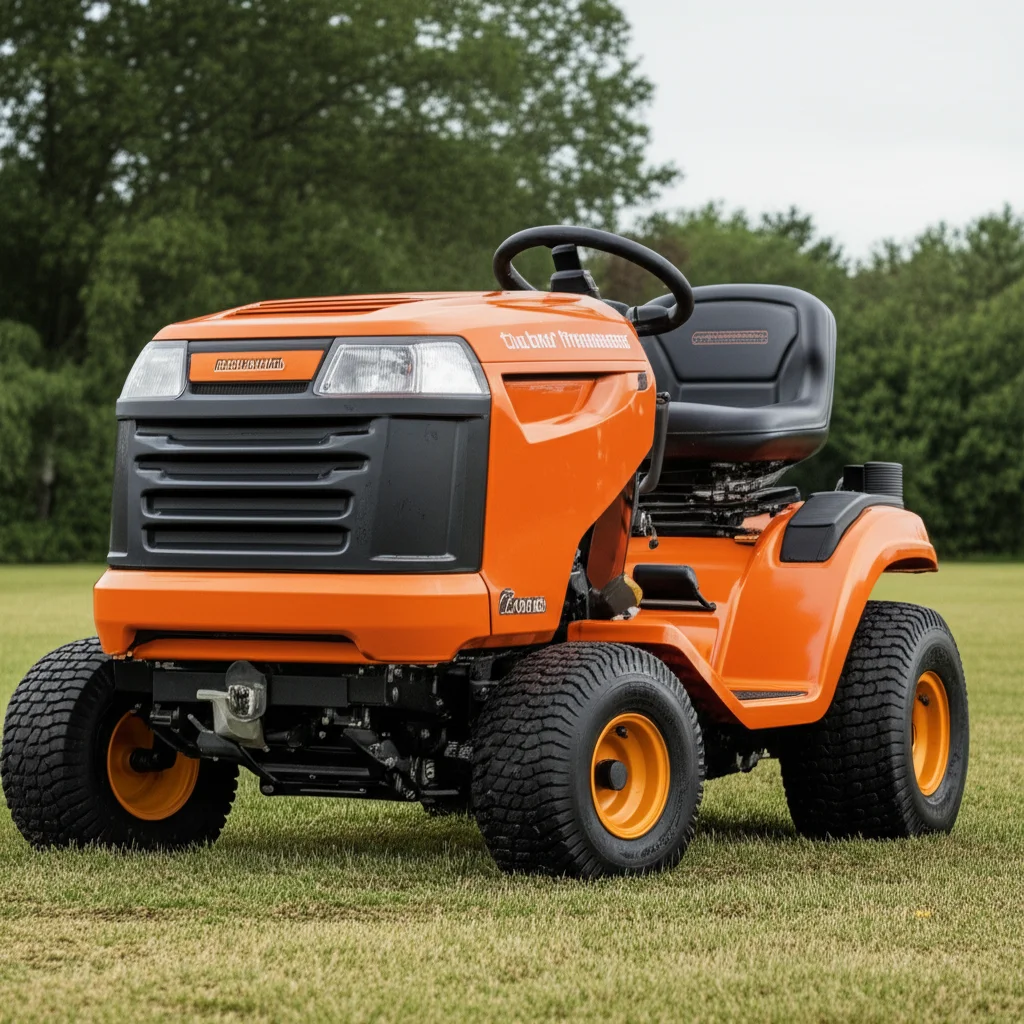· Lawn Mower Repair · 6 min read
Husqvarna Riding Mower Transmission Problems

Husqvarna Riding Mower Transmission Troubles? Let’s Fix It!
Is your Husqvarna riding mower refusing to cooperate? One of the most common culprits behind frustrating performance issues is the transmission. A faulty transmission can cause everything from difficulty moving to complete immobility. This article will dive deep into common Husqvarna riding mower transmission problems, helping you diagnose the issue and get back to mowing your lawn. We’ll cover troubleshooting steps, potential fixes, and when it’s time to call a professional. Let’s get your mower back in working order!
Takeaway:
- Regularly check your transmission fluid level.
- Look for leaks around the transmission housing.
- Listen for unusual noises during operation.
- Consider professional help for complex repairs.
What are the most common Husqvarna riding mower transmission problems?
The most frequent issues with Husqvarna riding mower transmissions involve low fluid levels, leaks, worn belts, and internal component failures. These problems often manifest as difficulty shifting, loss of power, or the mower not moving at all.
Understanding Your Husqvarna Mower’s Transmission
Before we jump into specific problems, let’s quickly cover the types of transmissions found in Husqvarna riding mowers. Most Husqvarna models utilize a hydrostatic transmission, which uses hydraulic fluid to transfer power to the wheels. This system provides smooth, variable speed control. Some older or simpler models might use a gear transmission, which relies on gears for power transfer. Knowing your transmission type is crucial for accurate diagnosis and repair. Understanding how your transmission works will help you identify potential issues more easily. https://beacleaner.com/hydrostatic-lawn-mower-transmission-problems-troubleshooting-guide
Hydrostatic vs. Gear Transmissions
Hydrostatic transmissions are known for their smooth operation and ease of use, while gear transmissions are generally more durable but offer less precise speed control. The hydrostatic transmission is more common in newer Husqvarna models. Gear transmissions are simpler in design, making them easier to repair in some cases. Knowing which type you have will guide your troubleshooting efforts.
Common Husqvarna Riding Mower Transmission Problems
Let’s explore the most frequent transmission issues Husqvarna owners face. Identifying the symptoms is the first step toward a solution. These problems can range from simple fixes to more complex repairs requiring professional assistance. Don’t worry, we’ll break down each issue and provide helpful guidance.
1. Low Transmission Fluid
Low fluid is a very common cause of transmission problems. It reduces hydraulic pressure, leading to slipping, jerking, or a complete loss of drive. Check the fluid level using the dipstick, usually located near the transmission. Top up with the correct type of transmission fluid as specified in your owner’s manual. Always ensure the mower is on a level surface when checking the fluid. Regularly checking and maintaining the correct fluid level is a simple preventative measure.
2. Transmission Fluid Leaks
Leaks are another frequent issue. Look for puddles of reddish-brown fluid under your mower, or inspect the transmission housing for signs of leakage. Common leak sources include seals, hoses, and the transmission case itself. Addressing leaks promptly prevents fluid loss and potential damage to the transmission. Ignoring a leak can lead to more serious and costly repairs down the line. https://beacleaner.com/husqvarna-transmission-problems-troubleshooting-tips-and-solutions
3. Slipping or Jerking
If your mower slips or jerks while driving, it could indicate low fluid, worn belts, or internal transmission damage. Slipping occurs when the transmission can’t maintain consistent power to the wheels. Jerking suggests intermittent engagement of the transmission components. These symptoms often worsen over time if left unaddressed. A thorough inspection of the belts and fluid level is a good starting point.
4. No Forward or Reverse Movement
A complete lack of movement in either direction is a serious sign. This could be due to a broken drive belt, a faulty transmission pump, or significant internal damage. Check the drive belt first, as it’s the easiest component to inspect and replace. If the belt is intact, the problem likely lies within the transmission itself. This often requires professional diagnosis and repair. https://beacleaner.com/husqvarna-riding-mower-wont-move-forward-or-reverse-quick-fixes-to-get-you-back-on-track
Troubleshooting Steps for Husqvarna Transmission Issues
Now that you know the common problems, let’s outline a troubleshooting process. Start with the simplest checks and work your way toward more complex diagnostics. A systematic approach will save you time and frustration. Remember to always disconnect the spark plug wire before performing any maintenance.
1. Check the Transmission Fluid
As mentioned earlier, this is the first step. Ensure the fluid is at the correct level and is clean. Dirty or contaminated fluid can also cause problems. If the fluid is dark or contains debris, it needs to be replaced.
2. Inspect the Drive Belt
The drive belt connects the engine to the transmission. A worn, cracked, or broken belt will prevent the mower from moving. Visually inspect the belt for damage and ensure it’s properly tensioned.
3. Listen for Unusual Noises
Pay attention to any unusual noises coming from the transmission during operation. Whining, grinding, or clunking sounds can indicate internal damage. These noises can help pinpoint the source of the problem.
4. Examine the Transmission Housing
Look for any signs of leaks or damage to the transmission housing. Cracks or punctures can allow fluid to escape and contaminants to enter.
When to Call a Professional
While some transmission problems can be fixed with basic tools and knowledge, others require professional expertise. If you’re uncomfortable working on the transmission, or if the problem is complex, it’s best to consult a qualified mechanic. Attempting repairs beyond your skill level could cause further damage. Don’t hesitate to seek professional help if you’re unsure. https://beacleaner.com/husqvarna-yta18542-transmission-problems-troubleshooting-tips-fixes
Signs You Need a Pro
- Internal transmission damage (grinding noises, complete loss of drive)
- Difficulty diagnosing the problem
- Lack of necessary tools or expertise
- Concerns about voiding the warranty
Frequently Asked Questions (FAQ)
Q: How often should I change my Husqvarna riding mower’s transmission fluid? A: Typically, you should change the transmission fluid every 25-50 hours of operation, or at least once a year. Refer to your owner’s manual for specific recommendations.
Q: What type of transmission fluid should I use? A: Use the type of transmission fluid specified in your owner’s manual. Using the wrong fluid can damage the transmission.
Q: Can I repair a leaking transmission seal myself? A: Replacing a transmission seal can be challenging and often requires specialized tools. It’s generally best left to a professional.
Q: What causes a hydrostatic transmission to fail? A: Common causes include low fluid levels, contaminated fluid, worn components, and excessive stress.
Keeping Your Husqvarna Transmission Healthy
Addressing transmission problems promptly and performing regular maintenance can significantly extend the life of your Husqvarna riding mower. Don’t ignore warning signs, and prioritize preventative care. A well-maintained transmission ensures smooth, reliable operation for years to come. Remember to always consult your owner’s manual for specific maintenance recommendations. Taking care of your mower is an investment in your lawn and your time.
- Husqvarna transmission
- Riding mower repair
- Hydrostatic transmission
- Lawn mower troubleshooting


